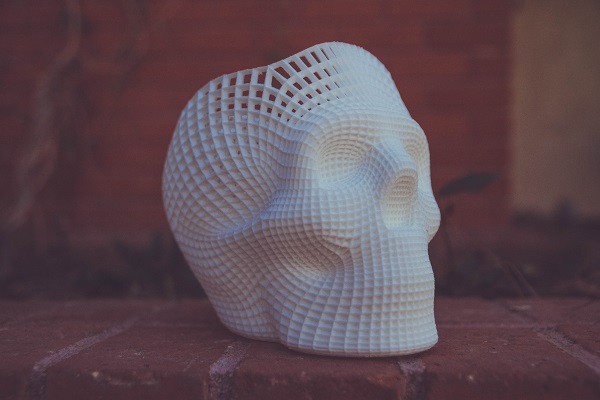3D printing is one of the technologies that have quickly gained popularity in various industries all over the world. It uses Computer Aided Design to ‘print’ out real objects in a wide range of materials such as plastics, metals and ceramics. Actually, 3D printing has been around for quite a while. It all started in the early 80s when scientists and engineers invented a new rapid prototyping system and stereolithography. However, only after decades of developing has it become as accessible and easy-to-use as it is today.
Product Design
3D printing opens up a world of possibilities to produce parts and products for different needs that previously could only have lived in our imaginations.
Artists, designers and hobbyists use 3D printers to create uniquely shaped moulds that are otherwise not commonly found. This can greatly ass business value for many specialists from jewellery makers to bakers because it’s not just about moulds. There are 3D printers that can print out your food. For instance, Foodini can produce like candies, pastries and much more using fresh ingredients.
According to a recent survey, 80% of high-tech companies apply 3D printing for prototyping. Product development is the top focus of 3D printing for many enterprises who, additionally, rely on this technology for quality control, new manufacturing strategies, and R&D. 3D printing allows professionals to fully utilise their creativity and make their product stand out. However, 3D printers can only work with limited materials which can be a hinder to the creative process.
Automotive Industry
The automotive industry is at the forefront in using 3D printing. 3 out of 4 major automotive companies in Germany and America have adopted the method. Ford, Volvo, Mercedes-Benz and BMW use it as part of the creative process to test out prototypes.
Architectural Applications
Models are not everything 3D printing technology can produce. Architects also stand to gain from its possibilities. When they design the sections using CAD, the printer will do the rest of the work accurate to the smallest millimetre.
Medical Miracles
In the medical world, 3D printers are used to create customised prosthetics, dental fixtures, or even a heart, all within within a matter of hours. They can also produce advanced equipment to aid disabled people.
Looking Ahead
The uses of 3D printing are vast and are constantly expanding beyond our previous expectations. No doubt some call it the next Industrial Revolution. Organisations widely report that 3D printing allows them to innovate faster and the percentage of companies using it in their production process is constantly rising.
"Giles Kirkland is a dedicated car expert with a passion for the newest technologies and the smart future solutions. Keen on commenting on the latest automotive innovations, he also enjoys sharing his knowledge and advice on cars and tech. You can find his articles at Oponeo and on Twitter."
